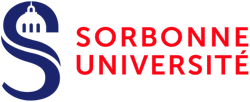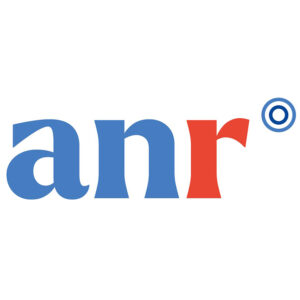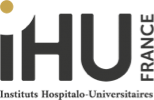CAVD project: how to reconstitute in vitro mature contractile heart tissue?
The Arythmogenic Right Ventricular Cardiomyopathy (ARVC) is the cardiomyopathy that represents one of the leading causes of sudden death in young patients under the age of 40. It is characterized by a massive inflammation of the cardiac tissue accompanied by a progressive loss of muscle cells, the cardiomyocytes, which are replaced by fibro-fatty infiltrates leading to an increased risk of life-threatening ventricular arrhythmias.
Led by Dr. Pierre Bobin, the CAVD project aims to use artificial cardiac pseudo-tissues (EHT), derived from human induced pluripotent stem cells, as a translational research tool to test new approaches for the treatment of CAVD in the medium term.
What is the CAVD project?
The CAVD project aims to develop and improve the technology of artificial cardiac pseudo-tissues (better known under the acronym EHT for Engineered Heart Tissues) derived from human induced pluripotent stem cells (hiPSC) in order to reconstitute in vitro a mature contractile cardiac tissue reproducing mechanical stress as observed in vivo and capable of reproduce cellular and structural phenotypes of CAVD.
The project is based on encouraging preliminary results obtained during the first three years of development of the EHT technology in the Pr Estelle Gandjbakhch and the Dr Eric Villard. It is based on the creation of stem cell lines from blood samples performed in patients with genetic mutations associated with CAVD.This project should allow the development of a genetically adjustable human tissue model, allowing not only the observation and study of the tissue disorganization observed in the terminal phase, but also and above all the reproduction of the evolution of CAVD throughout its multiple development phases.
The innovative and unique nature of the project
The development of this model, unique in France at present, associated with the use of advanced techniques and technologies such as the use of iPS stem cells associated withThe aim of this genome editing project is to study the pathological mechanisms induced by the two major mutations associated with CAVD in the genetic context of the patient.
This new strategy paves the way for the use of EHT as a translational research tool which should make it possible in the medium term to test new approaches to the treatment of CAVD, such as gene therapy, with a view to developing a personalized medical approach to cardiac pathologies of genetic origin.
Sponsorship at the service of innovation
Crédit Agricole d’Ile-de-France Mécénat has agreed to support this innovative research project in 2022 and has thus joined the community of patrons of the IHU ICAN.
In this context, we had the pleasure to welcome the visit of their delegation for a presentation of the project by the dedicated team: the Pr E. Gandjbakhch (Head of the Rhythmology Unit at the Pitié-Salpêtrière Hospital Heart Institute), the Dr E. Villard (Scientific Leader) and the Dr P. Bobin (Post-doctoral researcher) in the Genomics and Physiopathology of Myocardial Diseases team of the UMRS 1166.
This meeting allowed the members of the delegation to discover the research laboratories of the UMRS 1166 as well as the cell culture laboratory in which the pseudo cardiac tissues (EHT) are developed, a unique model in France at the present time.“The support of Crédit Agricole d’Ile-de-France Mécénat is important for the team, it will allow us to concretely accelerate our research work which is very costly because it involves very innovative techniques”, explains Pierre Bobin, post-doctoral researcher in cardiovascular physiology.
The actors involved in the project
This project is supported by:
- The IHU ICAN
- Crédit Agricole d’Ile-de-France Mécénat
- Le Fonds Marion Elizabeth Brancher
- The French Federation of Cardiology
- The League against Cardiomyopathies
- Microport
Partners in this project:
- The Cardiology Department of the Pitié Salpêtrière Hospital (AP-HP) and the Paris Reference Center for Hereditary or Rare Cardiac Diseases (CRMR)
- ICAN BioCell-iPS
- L’UMRS 1166 (INSERM – Sorbonne Université)
- ICAN Omics metabolomics
- ICAN Omics lipidomics
- Cytometry platform
Make a donation to support innovationPictures ©Alkama.







